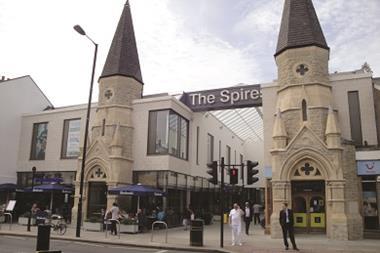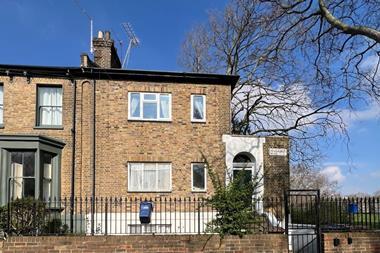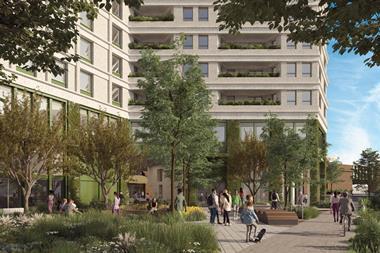Did you know there are no Starbucks or Costa Coffees in Barking & Dagenham? That Barnet has 122 primary schools, and that the average house price in Brent at the northern reaches of London is £416,506 compared with £281,341 in Bexley in the south?

That Croydon has no Michelin-starred restaurants while Ealing has two, that the percentage of people born overseas in Harrow is 50% compared with 11% in Havering and that at 23%, Newham saw the highest London house price growth in the last year?
So much focus has been on prime central London residential over the last decade, and its success story has continued in the wake of a general election result that relieved many people fearing the imposition of a mansion tax.
But the bigger success story over the last year has actually been outer London. This is best illustrated by our new report, London Living: A Borough by Borough Showcase, which shows that prices have grown 11% over the past year on average.
And increased connectivity across the capital will only help boost this growth. The London Overground network - or ‘Ginger Line’ - has been a revelation, Crossrail is now firmly in buyers’ consciousness, and the night tube will also help outer London boroughs.
For those who are unaware, from the early hours of 12 September 2015, Londoners and visitors to the capital will be able to travel on the Jubilee, Victoria and most of the Piccadilly, Central and Northern tube lines all night on Fridays and Saturdays. Just in time for the Rugby World Cup.
Here then, is our borough-by-borough breakdown of outer London:
- Barking and Dagenham - the top pick for first-time buyers, with the lowest average house price in London;
- Barnet - perfect for commuters with families. Second highest population at 377,658 and still growing;
- Bexley - 73% of residents own their own home (second-highest share in London). Second-highest rate of off-plan sales (82%);
- Brent - more than just Wembley, with excellent transport;
- Bromley - rural London: perfect for families. Green-belt land and 72% owner-occupiers and a low crime rate;
- Croydon - a £1bn regeneration, including a tower cluster, promises to revitalise the town centre;
- Ealing - the opening of Crossrail will reduce travel times into central London by 20 minutes. Already has the second-highest rents in outer London and has enjoyed 19% (well above London average of 12%) growth over the past year;
- Enfield - renter’s haven: build-to-rent schemes are strongly backed by the local authority to accommodate growing population;
- Haringey - more affordable areas such as Tottenham provide a good investment opportunity;
- Harrow - areas with the most room for price increases are those in the less affluent areas of the borough;
- Havering - 74% owner-occupiers, affordable 7.7 house price to earnings ratio, three Crossrail stations opening in the borough, so a good time to buy;
- Hillingdon - perfect for Heathrow employees and families, third most affordable borough in London (7.4 house price to earnings ratio) and four outstanding primary schools;
- Hounslow - leafy Chiswick to Heathrow: lining the river, 17% house price growth. Good for families;
- Kingston upon Thames - medieval England only 25 minutes from Waterloo. Quaint shops and an antique market make it unique.
- Merton - the residential borough on the international map: home to Wimbledon tennis tournament. Great for families with a low crime rate, good for growth;
- Redbridge - tailor-made for family living: 79 primary schools, 13 libraries, swathes of green space;
- Richmond upon Thames - residents consistently listed as some of the happiest people in London. Highest average house prices in outer London and highest rents in outer London. Highest average house price growth of any outer borough over the last decade: 86%.
- Sutton - good entry-level housing for families. 17% house price growth over the past year. Highest employment rate of any London borough (80.5%).
- Waltham Forest - growing more than trees: highest average house price growth in outer London last year at 22% and third overall. Projected population increases and its status as a housing zone suggest this will simply amplify.
The prime central London market has attracted all the headlines in recent months - but for home buyers, developers and investors alike it is worth looking at outer London for the capital’s real success story right now.
Mark Collins is chairman of CBRE Residential





























No comments yet